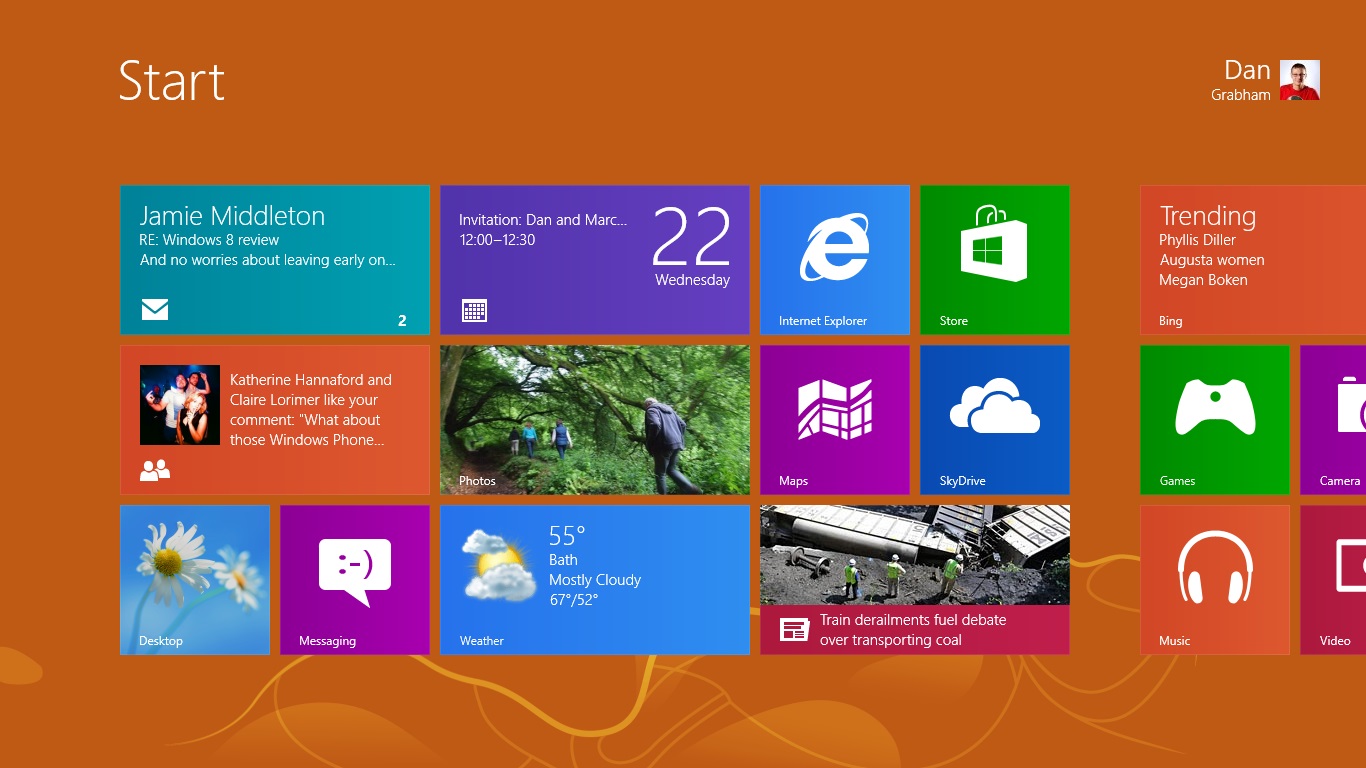What will Windows 8 change in the workplace?
What will Windows 8 change in the workplace?

We're all aware that Windows 8 is a departure from the usual Microsoft product. We are now looking at a platform that appears to have two different operating environments. There is the traditional Windows 7 type of desktop we know and love. But there is now the what-was-formerly-called-Metro–but-isn't-now interface. For the purposes of the exercise we will call this the Start Screen.
The Start Screen is designed for the world of tablets - where we'll soon have the Windows Surface to play with.
What effect is Windows 8 going to have in the workplace?
In the short-term the answer is 'minimal', because of the cautious approach the corporates take with new products. But this time must be used to evaluate how the platform will fit in to the existing environments. Windows XP is still much-used and much-loved, Windows 7 was slow and is getting loved - so what happens now? Windows 8 presents several challenges to the way we currently work.
Windows 8 is designed very-much for the touch screen; something the corporate world doesn't currently have in great numbers.So the chances are the Windows 8 user in the workplace will still be given a mouse.
A welcome distraction?
If we look at current working practices, the tiled Start Screen is of little value other than clicking the desktop tile and seeing something more familiar.
That is until we get all the workplace applications installed as tiles. The Start Screen contains multiple tiles aimed at the home user, but these would lead to distraction and loss of productivity in the office. System admins will have to look at the rollout to ensure Windows 8 is a work tool - not a play tool.
We also have to consider the hardware. Windows 8 will work with current desktop hardware using a conventional keyboard and mouse.But is there a role for the tablet in the workplace?
Are you a pro? Subscribe to our newsletter
Sign up to the TechRadar Pro newsletter to get all the top news, opinion, features and guidance your business needs to succeed!
With BYOD becoming more popular, we have seen the iPad become an accepted platform in the workplace - and more users will graduate to this style of device. Microsoft are pinning their hopes on the Surface tablet, which upon initial review looks promising.
The problem they will have is managing expectations. There will be several models, and it would appear at this stage that to get suitable workplace performance you are looking at the Pro model. This is at the high end of the price range, close to the Ultrabooks. The traditional desktop running Windows 8 will be with us for some time to come.
Learning what to do next
Because Windows 8 is markedly different from Windows 7 in layout, the learning curve for the user will be steep initially. Certain features take some finding in the early days and the concept of swiping the screen from various directions to produce different results will take some getting used to.
For the IT department, Microsoft has already launched some training materials and there will be a full certification path for the Windows 8 desktop. There are also major changes in the higher level MCSE certification – which will encompass the topics of desktop deployment and administration.
Other vendors such as CompTIA will also include Windows 8 in their programs. The training providers have already launched offerings to cater for the anticipated demand from early adopters and tech-hungry admins.
The take-up of Windows 8 in the workplace will be slow initially. There are also challenges around the positioning of the product, plus the argument about missing the boat when it comes to tablets - but that is one for the future...
Author Bio: Richard Millet is a Senior Instructor at Firebrand Training and Co-Author of upcoming guide, "Windows 8 for the Older and Wiser".